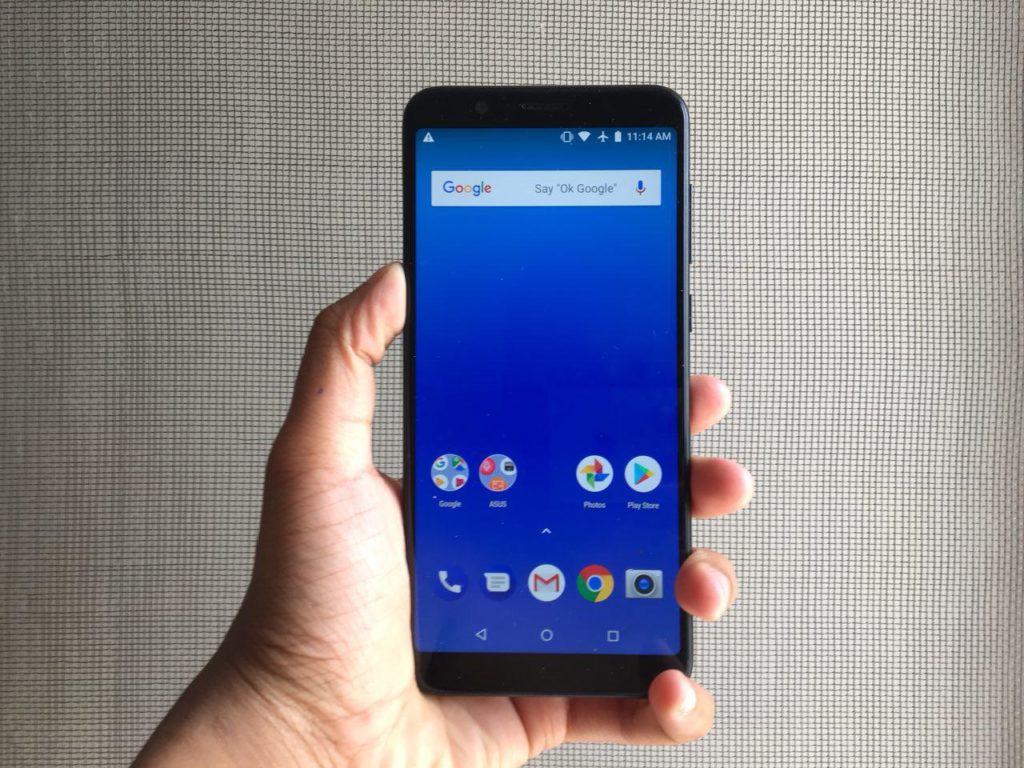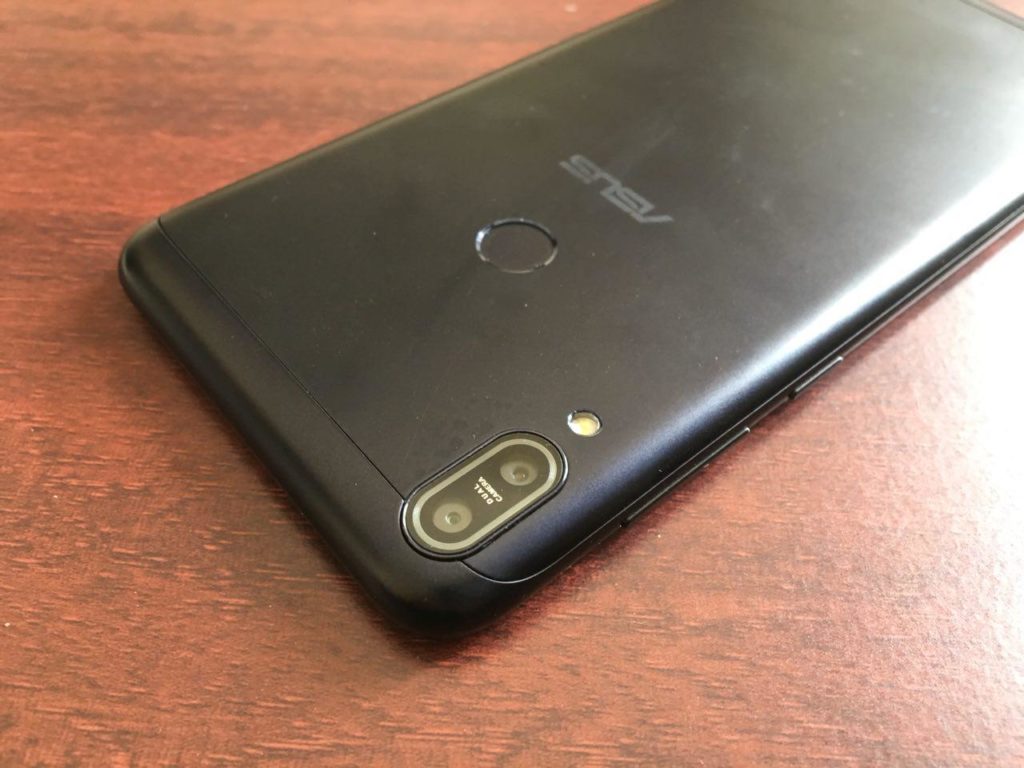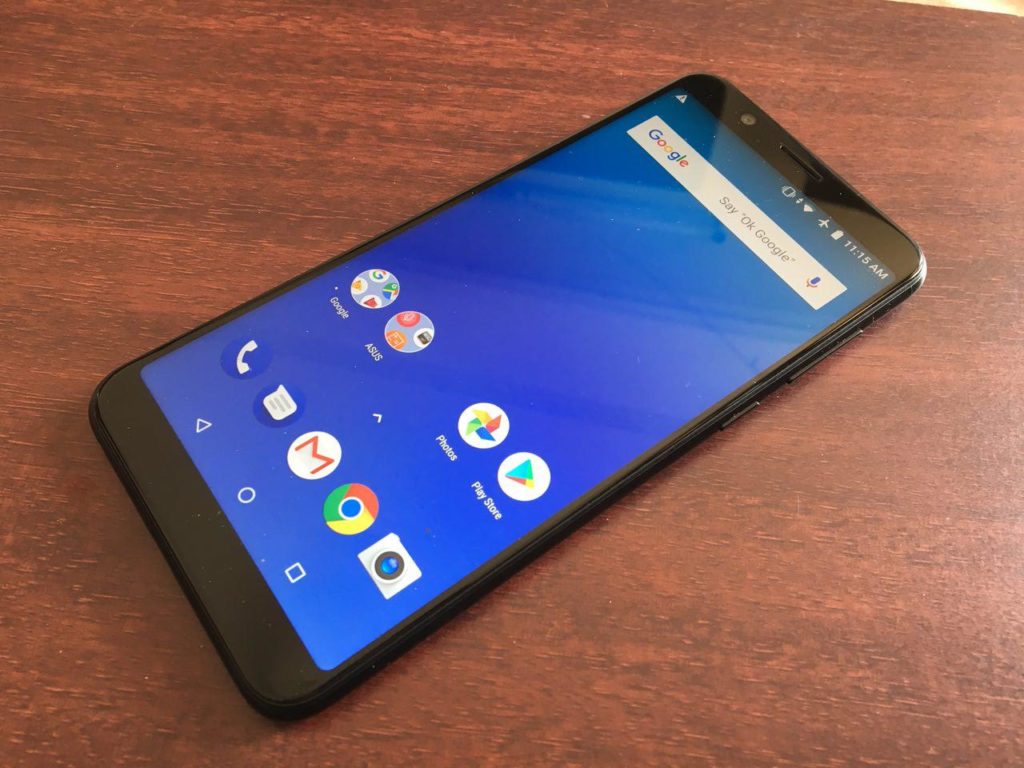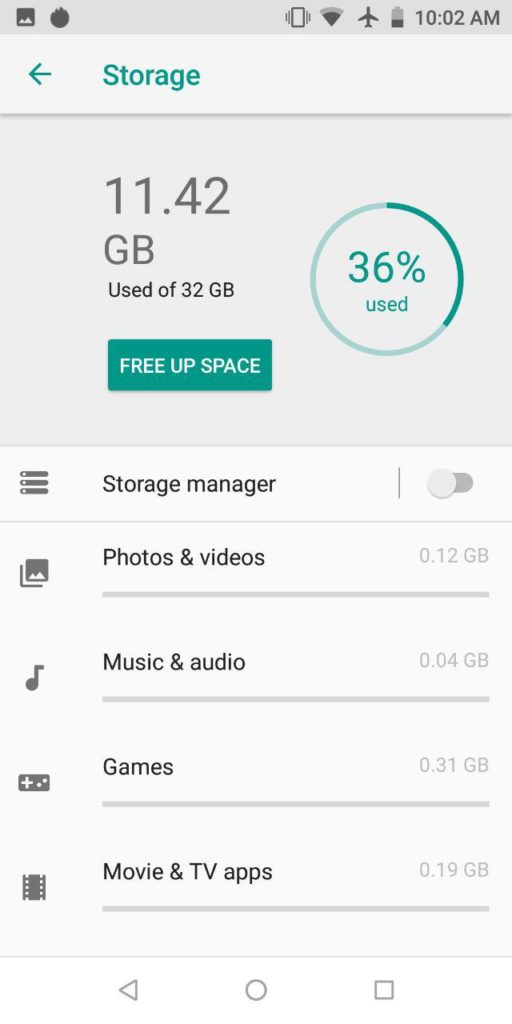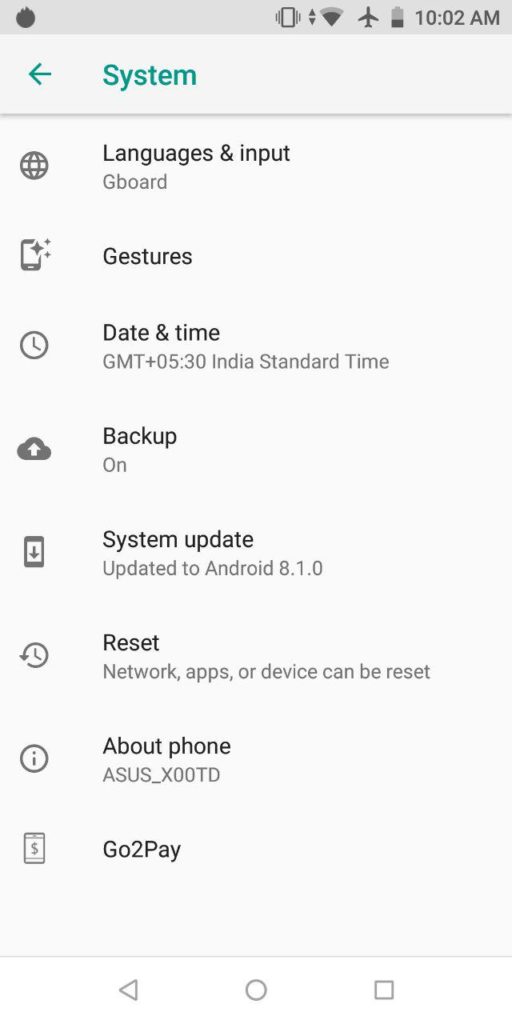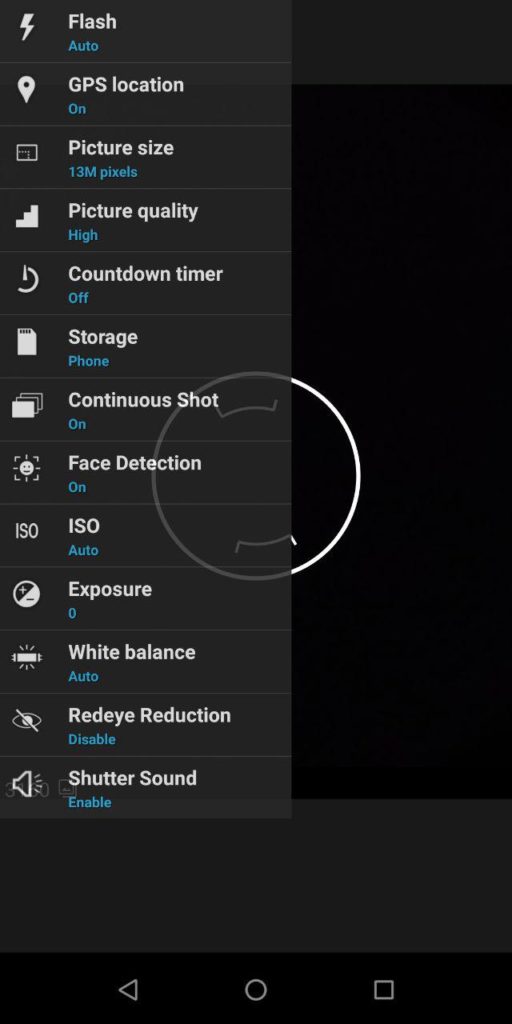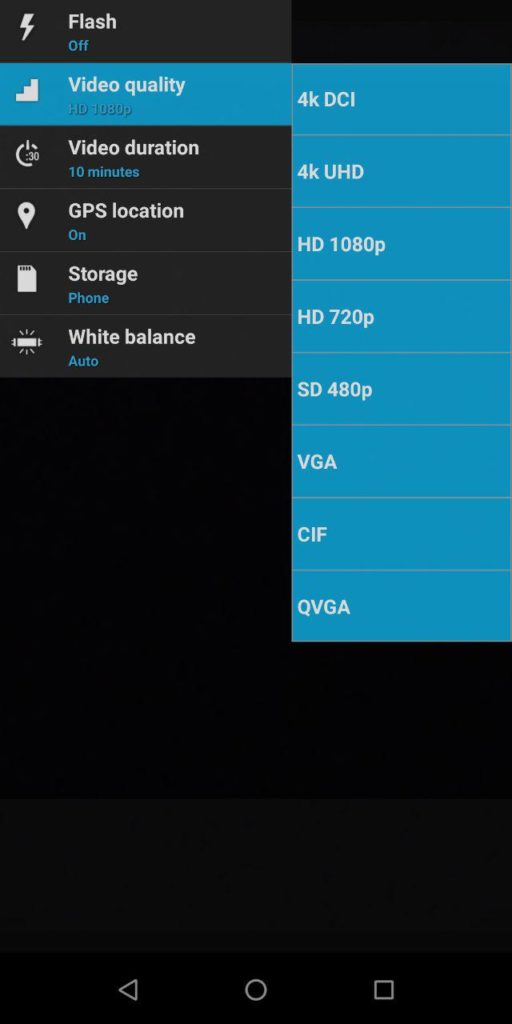Asus brought its new Zenfone Max Pro M1 to compete in the budget segment with the other smartphone like Xiaomi’s Redmi Note 5 Pro. Both the smartphones have a similar type of specifications in it. The only difference is the pricing factor, while the former comes at Rs 10,999 and the latter comes at Rs 14,999 after the price hike. The USP of the smartphone is the 5000mAh of the battery as the name Max Pro suggest. We used Zenfone Max Pro for 2 weeks and here’s our impression about the smartphone.
Design and Build:
Zenfone Max Pro comes with a strong metallic chassis and curvy edges. the edges perfectly join the front panel and give it a smooth finish. The size of the smartphone is a bit bigger than general 5.99-inch smartphones. The width and weight of the smartphone are also a bit higher because of the 5000mAh of battery.
The rear panel has horizontally aligned dual cameras along with the flash, joining the top antenna line. The fingerprint sensor is placed just above the centre along with the Zenfone logo. The front panel has a front camera and the sensors at the top. The bezels were almost negligible in size and it gives a great look. There are onscreen buttons provided with this smartphone.
The 3.5mm Audio jack and micro USB charging port are placed at the bottom with the speakers. It seems a major drawback as there’s no Type-C port which supports fast charging. The volume rocker keys and the power buttons are on the right side while the SIM card slot is on the left side of the edge. The buttons are also made up of metal and it gives a more esthetic look.
Overall the design is classic as most of the smartphones. The build is heavy yet sturdy which is also a plus point. It could have been better if the width could be smaller but still, maybe they tried their best to squeezes battery and this is the end result.
Specifications:
Asus Zenfone Max Pro M1 runs on 64-bit octa-core Snapdragon 636 chipset coupled with Adreno 509 GUP. It has 3GB/4GB of RAM and 32GB/64GB of storage which can be expandable up to 2TB with given Hybrid Slot. We got 3GB + 32GB variant for our review. The Hybrid slot supports two micro-SIM slots, one of which can be used as a microSD card slot. The primary SIM supports 4G VoLTE while the other can be 3G/2G. the other connectivity options are WLAN 802.11 b/g/n 2.4GHz, Bluetooth 5.0, Wi-Fi direct, USB OTG and GPS.
On the software section, it runs on Pure Android Oreo 8.1. They’ve gone with the Stock Android as it offers quick updates and great usability. There is no additional bloatware in it just only the google apps. The OS offers quick response and great performance in minimal efforts.
Performance:
Although the SoC is a bit outdated still the Asus Zenfone Max Pro M1 offers great usage in day to day life situations. The touch response is quick and one can multitask easily with this smartphone. The apps take very minimal time to open and run. Switching is also very easy and quick.
The benchmark performance of the device is good comparing to the smartphones In this range. It scored 109467 in AnTuTu which is great. The Geekbench score was 4225 inMulti-Core and 1309 in Single Core.
The gaming performance of the device is average. We played games like Shadow Fight 2, Modern Combat 5, Hitman Sniper and Asphalt 8 on it. The performance was okay not great. We found bit lagging in the display after playing for longer than 10-15 minutes of gameplay.
The fingerprint sensor offers great security options along with the Face unlock. Both works great but the face unlock sometimes looses it power to detect the face and you have to unlock it by fingerprint or pattern/pin/password.
The 4G VoLTE works perfectly fine on this device. We used Jio as our primary SIM and there was no lag or any connectivity issue. The Audio and Video quality of the device is great. We enjoyed watching videos on it.
Camera:
Asus Zenfone Max Pro sports a rear dual camera setup has a primary camera of 13MP Sensor with 1.12μm, f/2.2 aperture, Phase-detection autofocus and LED flash. The secondary camera is of 5MP, 1.12μm and f/2.4 aperture which is known as dedicated Bokeh Camera. There are several modes like Bokeh mode, Portrait mode, HDR and Beauty shot. There are several Filters and Scenes mode which can be helpful.
The camera captures good images with good in-depth details. The shutters and focus are fast and it captures images quickly. The daylight performance is good but the low light has a bit of noise. The captured images have good color integration but the ease of differentiating the borders are missing. The images are not very crisp as they should be.
The front camera is of 8MP and it has 1.0μm, f/2.2 aperture and Soft light LED flash. It offers Bokeh mode and several other modes like the rear camera. The captured selfies were good but the brightness was low and it seems a bit dull. The Camera app is very simple and easy to use. They offer setting and mode options at the same interface which helps to change them quickly whenever required.
Battery:
The 5000mAh of battery offers massive battery life. It ran for consecutive three days with our minimal usage and one full day with heavy usage which is great. As the internet Usage has increased heavily, smartphones with bigger batteries are more preferred. So, it’s a plus point. It charges from the normal micro-USB charging port no Type-C which takes 4-5 hours to fully charge the smartphone, it’s a negative point.
Overview:
At a price point of Rs 10,999, Asus Zenfone Max Pro M1 offers great abilities and specifications. All the sections have good impressions so you can certainly go for it. Again, the USP of 5000mAh battery is useful and needed. Additionally, the Pure Android 8.1 makes it the most updated smartphone is this budget segment.
